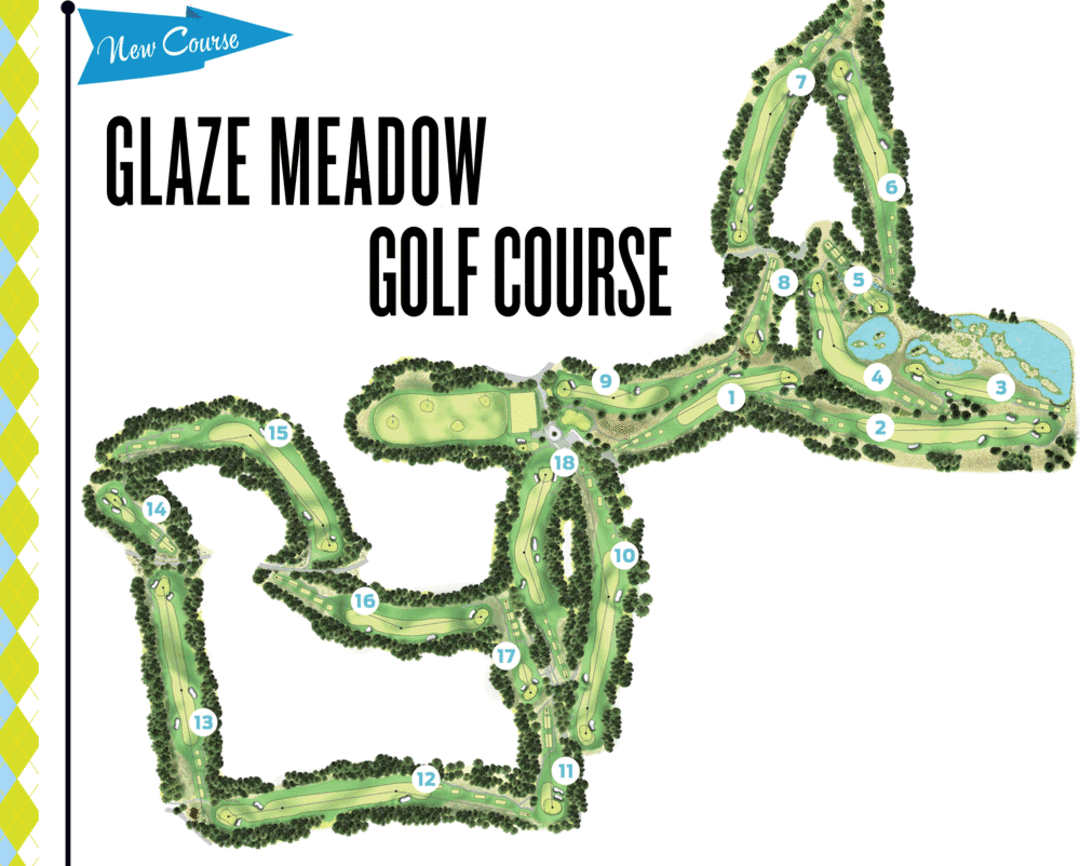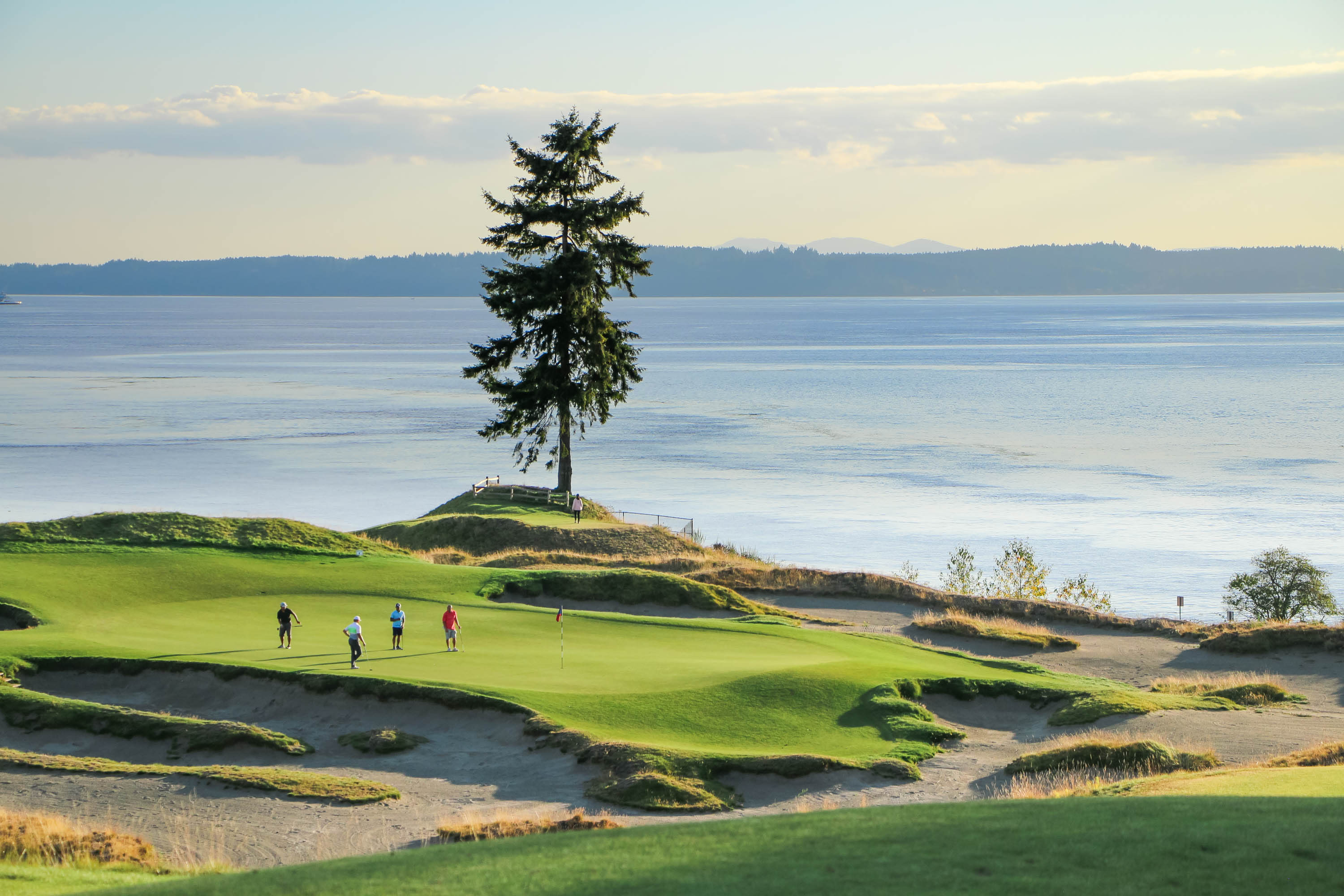Black Butte's New Course

In the decades since it debuted in 1982, the 18-hole Glaze Meadows course at Black Butte Ranch west of Sisters earned a reputation for being a little “quirky,” to put it kindly. Ponderosa pines grew rapidly, cramping the fairways and strangling views of Central Oregon’s famed lakes and volcanoes. Distances from tee to green became too short for modern equipment. The first hole, a blind double-dogleg, had many golfers grumbling about an odd start to the course. No more. In April, the iconic Oregon resort revealed a remade, modernized Glaze Meadows—with remarkably fewer trees. The $3.7 million overhaul marks the most significant change in Oregon’s rich links scene since Bandon debuted Old Macdonald in 2010. “Before, the idea was just to avoid the trees,” says Jeff Fought, Black Butte’s director of golf. “Now you need strategy.” We offer a look at a few of the new features aimed at restoring Glaze Meadows to its former golf glory—and how the Butte pulled ’em off.
Return to the Golden Age
Course remodeler (and Jeff’s brother) John Fought was determined to use natural contours to create challenges—a shout-out to golf’s 1920s Golden Age when workers used horse-drawn plows instead of bulldozers in their coursecraft. To improve the overgrown, doglegged opening holes, workers thinned trees, rebuilt greens, added new grass-faced bunkers, and removed a rocky outcropping. Hole 1 became a par 4 (instead of a 5), while hole 2 became a par 5 (instead of a 4). You still want to avoid the lake to the right of hole 3.
A Creek Is Born
A spring-fed marshland made for an interesting natural hazard on hole 5, but trees surrounding it made for pinched play. Designers opened it up and made a creek out of the marsh by channeling the spring.
Club Mod
Designers revamped the clubhouse with 1920s-style renderings of other classic courses, like Florida’s Seminole, on the walls, and antique clubs and bags for decorations. They also built a large deck to absorb the action around hole 9, a prime post-play mint-julep sipping spot. Out front, Fought installed a massive 16,000-square-foot putting green.
A Softer Stance
Once called the “boomerang” for its wild hook to the right, the par 5 hole 15 saw its curve softened by moving the green to the left, thinning trees on the right, and setting the tees back 40 yards to add distance. It’s still a tough hole, though, especially if you plonk your approach shot on the mean left-leaning slope that drops into a directional bunker.
More Tees
By increasing the number of tee boxes from three to five—and by repositioning the greens—Glaze Meadows gained 500 yards, now 7,007 total yards from the back tees. Translation: the Arnold Palmers of the world can enjoy the course right alongside those of us with swings more suited to Caddyshack.
Fewer Trees
Glaze Meadows sits closer to the Cascades and felt far more woodsy than other Central Oregon high-desert courses. A little too woodsy, in fact, especially on hole 12: the ponderosas grew rapidly on a diet of fairway fertilizers and ample watering, eventually gobbling up the views. Workers used high-power laser pointers from the tee box to determine exactly which trees had to go to bring the vistas back. The result: Mount Washington looms over this 600-yard gem, the course’s longest par 5, once again.







